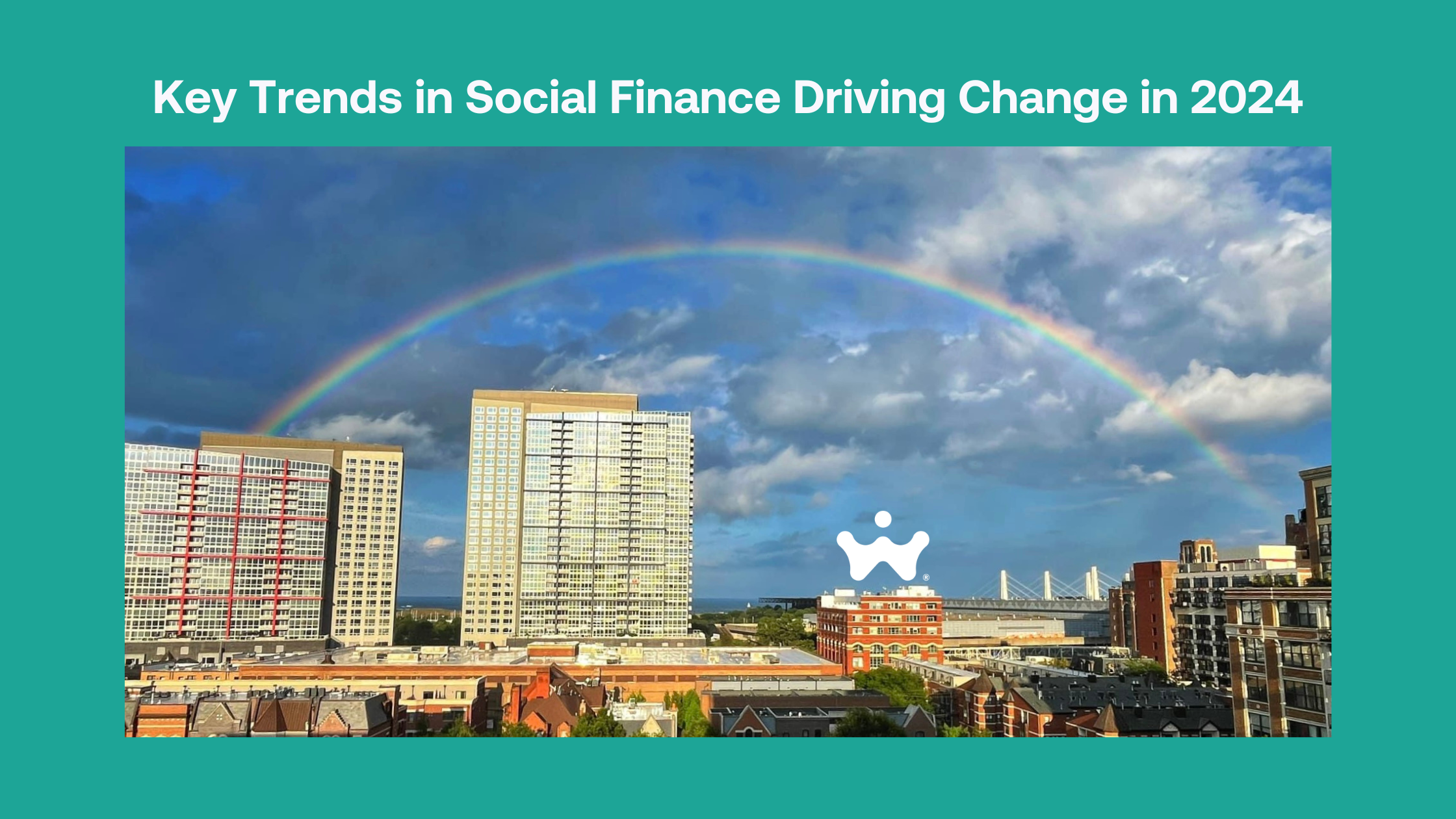It’s time for some financial real talk. Today, let’s dive into the often mystifying world of debt. We all know it’s a word that can stir up a whirlwind of emotions, but fear not! Your supportive friend at Wellthi is here to guide you through this financial maze. Together, we’ll explore the question that plagues many minds: How much debt is too much debt? Get ready for some insightful knowledge bombs, backed by research, to help you make informed decisions and set your sights on a bright financial future!
Understanding Debt: First things first, let’s demystify debt. Debt is simply borrowed money that you owe to someone else, typically with interest. It can come in various forms, like student loans, credit card balances, mortgages, or car loans. Debt can be a tool to help you achieve your goals, like buying a home or investing in education, but it can also become a burden if not managed wisely.
Debt-to-Income Ratio: To determine how much debt is too much, one helpful guideline is the debt-to-income (DTI) ratio. It’s a measure of how much of your income goes towards paying off debt. A healthy DTI ratio is generally considered to be around 36% or lower. That means your total monthly debt payments, including rent or mortgage, credit card bills, and loan installments, should ideally be no more than 36% of your monthly income.
Consider Your Financial Goals: While the DTI ratio is a good starting point, it’s essential to align your debt with your financial goals. Ask yourself, what are you striving for? Are you saving for a down payment on a house, planning a trip, or building an emergency fund? Keep in mind that taking on excessive debt might impede your progress toward these goals. Be strategic and prioritize what matters most to you.
Understand Good vs. Bad Debt: consider the potential returns on investment for certain types of debt.Good debt, such as a mortgage or student loans, can help you build wealth or acquire an education that can lead to better job opportunities and increased earning potential.. Bad debt, on the other hand, includes high-interest credit card debt or unnecessary loans for impulse purchases. Minimizing bad debt while strategically utilizing good debt is key to a healthy financial outlook.
Maintain a Healthy Credit Score: Your credit score is another crucial factor to consider. A healthy credit score opens doors to better interest rates, favorable loan terms, and greater financial opportunities. Excessive debt can negatively impact your credit score, making it harder to achieve your financial goals. Stay diligent about managing your debts responsibly and making timely payments to maintain a strong credit score.
Seek Professional Advice: If you’re still unsure about your debt load and its impact on your financial future, don’t hesitate to seek guidance from a financial advisor. They can offer personalized advice based on your specific situation and help you create a roadmap to financial success.
Conclusion: Alright, dear financial trailblazers, finding the right balance between debt and your financial goals is a delicate dance. Remember, debt is a tool that should serve your aspirations, not hinder them. By keeping your debt-to-income ratio in check, aligning debt with your goals, and staying mindful of interest rates, you’ll be well on your way to financial well-being. The key to financial success is taking control of your debt, not letting it control you.
As always, Wellthi is here to support you every step of the way. Together, we’ll conquer your financial dreams and make your future brighter than ever!Stay empowered, stay inspired, and keep reaching for those money goals!





